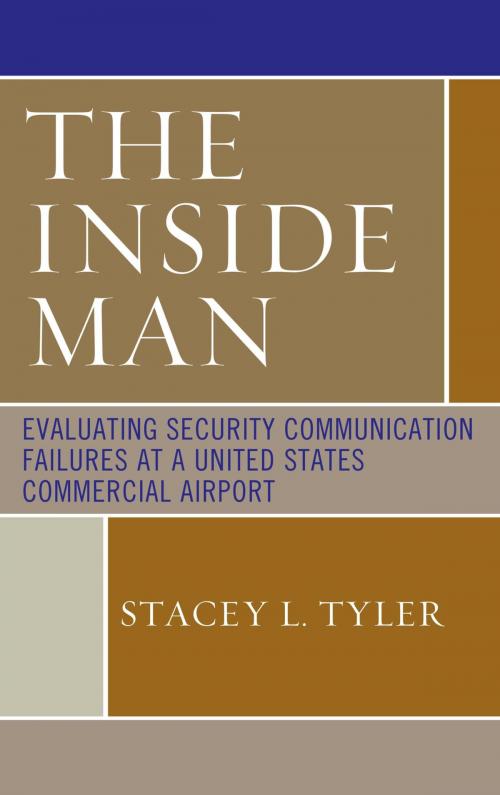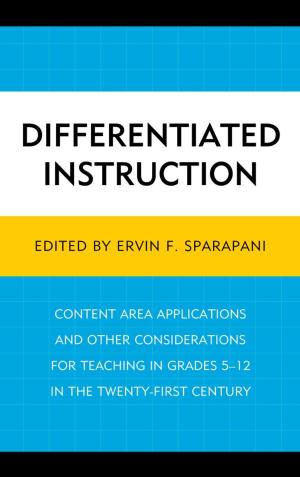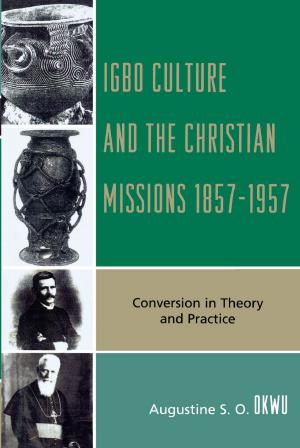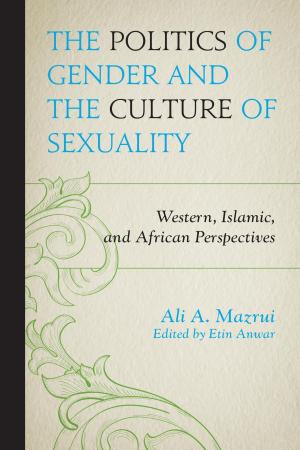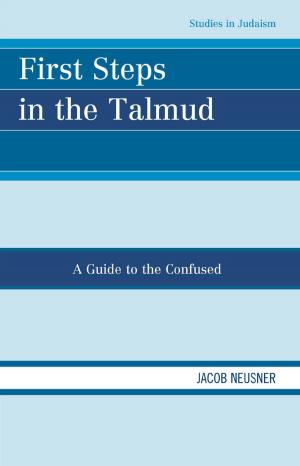The Inside Man
Evaluating Security Communication Failures at a United States Commercial Airport
Nonfiction, Reference & Language, Transportation, Aviation, Commercial, Social & Cultural Studies, Political Science, International, International Security, Language Arts, Communication| Author: | Stacey L. Tyler | ISBN: | 9780761867265 |
| Publisher: | UPA | Publication: | December 1, 2016 |
| Imprint: | UPA | Language: | English |
| Author: | Stacey L. Tyler |
| ISBN: | 9780761867265 |
| Publisher: | UPA |
| Publication: | December 1, 2016 |
| Imprint: | UPA |
| Language: | English |
Organizational communication impacts service efficiency and productivity. An increase in federal funding to strengthen communication within the airport stakeholders has failed to deliver expected results. The purpose of this qualitative case study is to explore whether miscommunication among the TSA agents and airport employees relates to effective implementation of airport security policies. The central research question focuses on the degree to which miscommunication between the TSA and airlines regarding prohibited items at security checkpoints impeded the effective execution of federal law regarding carry on luggage on commercial aircraft. Using Weick’s organizational information theory, this study examines the implementation of airport security policy focusing on communication between government and industry organizations. A sample of 13 private airline employees and 7 airport employees at a large U.S. commercial airport participated in the study. Data was collected via semi structured interview questions. Data was coded and analyzed following an inductive coding strategy.
According to study results, there is very little evidence of miscommunications between government and airline stakeholders regarding policy changes and expectations related to security procedures. However, miscommunication about the same policy changes to consumers confuses travelers, which may explain incidences of prohibited items at the security checkpoints. Implications for positive social change related to this study may assist policy makers in clarifying language to better inform travelers about security changes and prohibited items, the objective of which will promote safer flying experiences, reduce the potential for harm, and result in more expedient traveling.
Organizational communication impacts service efficiency and productivity. An increase in federal funding to strengthen communication within the airport stakeholders has failed to deliver expected results. The purpose of this qualitative case study is to explore whether miscommunication among the TSA agents and airport employees relates to effective implementation of airport security policies. The central research question focuses on the degree to which miscommunication between the TSA and airlines regarding prohibited items at security checkpoints impeded the effective execution of federal law regarding carry on luggage on commercial aircraft. Using Weick’s organizational information theory, this study examines the implementation of airport security policy focusing on communication between government and industry organizations. A sample of 13 private airline employees and 7 airport employees at a large U.S. commercial airport participated in the study. Data was collected via semi structured interview questions. Data was coded and analyzed following an inductive coding strategy.
According to study results, there is very little evidence of miscommunications between government and airline stakeholders regarding policy changes and expectations related to security procedures. However, miscommunication about the same policy changes to consumers confuses travelers, which may explain incidences of prohibited items at the security checkpoints. Implications for positive social change related to this study may assist policy makers in clarifying language to better inform travelers about security changes and prohibited items, the objective of which will promote safer flying experiences, reduce the potential for harm, and result in more expedient traveling.
